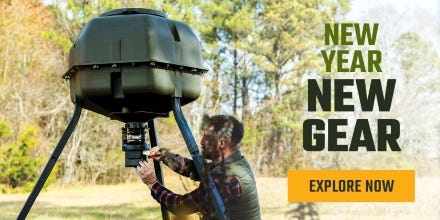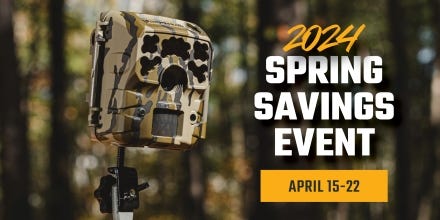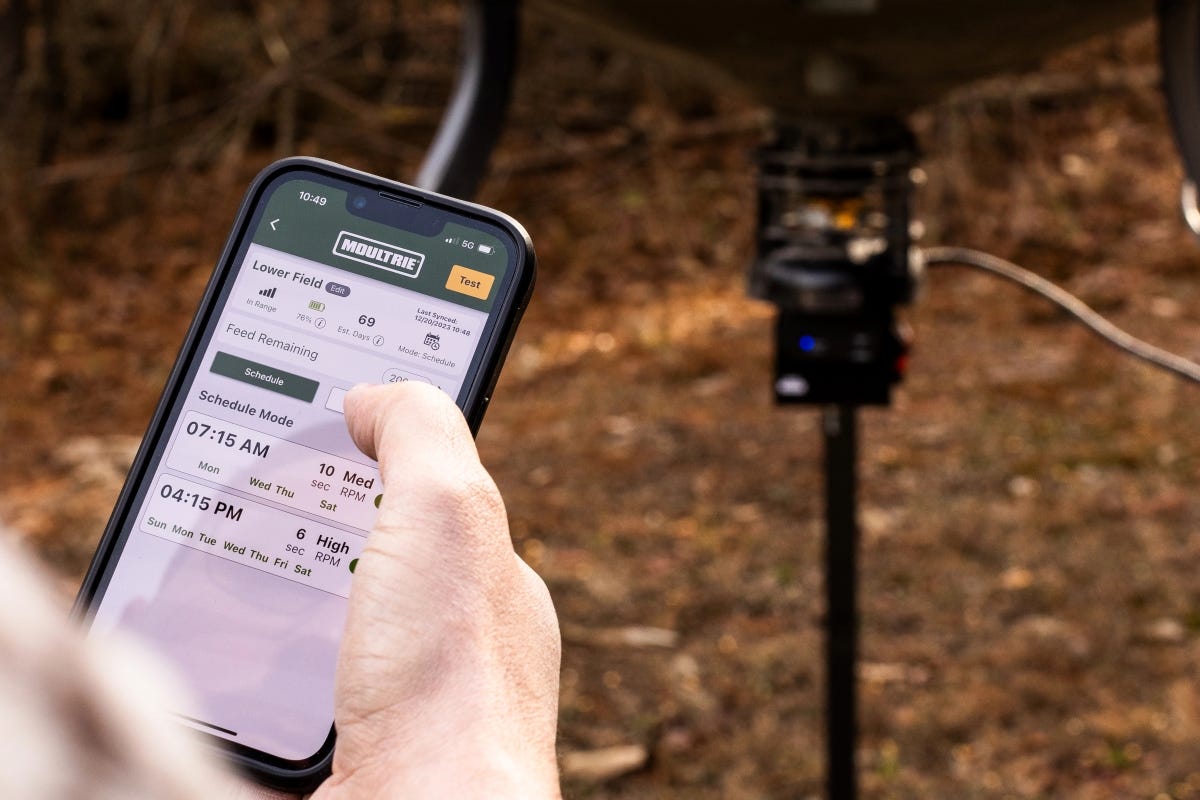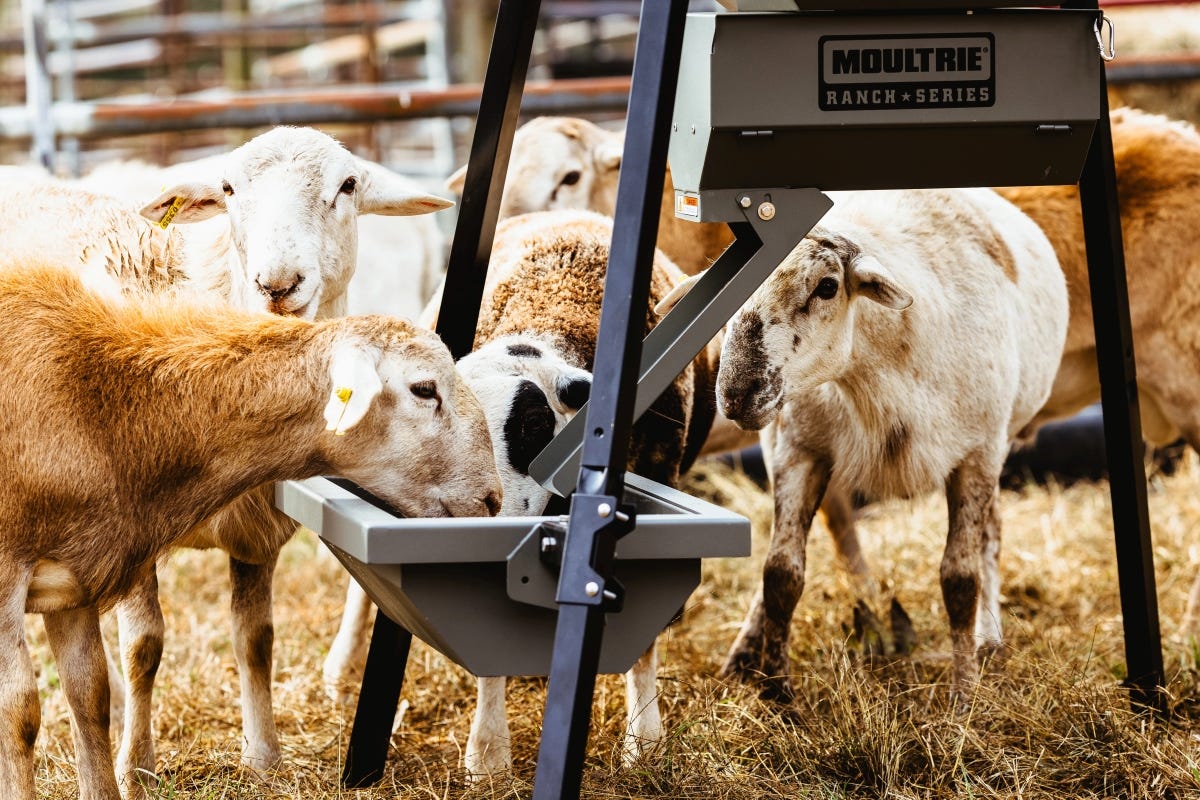- Mar 9, 2019
How to Utilize Trail Cams for a Successful Spring Turkey Season

If you think trail cameras are just for deer season, you’re missing out on one of the most fun and useful applications of these incredible scouting tools.
Spring turkey season provides an excellent opportunity to get even more utility from your cameras, and trail cam images can be particularly useful at one key—and confounding—phase of the spring season: peak breeding.
When lusty gobblers are sounding off at every noise in the woods, the hunting can be fast-paced and fairly simple. But what happens when those same gobblers are silent most of the day aside from a few half-hearted gobbles on the limb just prior to fly-down?
KNOW THE GAME |
Adult toms gobble for one primary reason: To attract a hen willing to mate. When the nearby limbs are full of hens, there’s not much reason to gobble. And when those hens aren’t spending the bulk of their day incubating a clutch of eggs, the woods can be pretty quiet. The gobblers are still there, but they’re henned-up, happy, and tight-beaked
This is when trail cameras can be a game-changer. While turkey hunters don’t focus on movement patterns and predetermined ambush locations in quite the same way as deer hunters, turkeys do develop daily patterns. This is especially true when the birds are in community flocks, which tends to happen during peak breeding. Without regular gobbling to give you audible clues to a flock’s movement patterns, it can be tough to determine where the birds are, where they’re going, and when they get there.
Trail cameras make it possible to scout and observe multiple locations at one time and provide a photographic record of a flock’s daily timeline.
PICK YOUR SPOTS |

I like to position my trail cameras in two key areas: Roost sites and destination feeding areas. Where I live in southern Michigan, that usually means hardwood ridgetops and ag fields, respectively.
Because the ag fields in my area are large and plentiful, scouting these areas efficiently is tough. But the use of a half-dozen trail cameras makes the job much more manageable, and far more effective.
I monitor the roost areas to determine which ones are seeing the most use by the most longbeards. As spring progresses and peak breeding sets in, you’ll often find areas that hold only hens, while others will have a mix of hens, jakes, and mature gobblers. The cameras allow me to focus on the roost areas that are being frequented by gobblers — and those areas can and do change from year to year, making the use of cams even more important.
The same process is used to monitor ag fields. Every spring I find fields that were full of strutters the year before to be devoid of birds, and previously unused fields are suddenly full of toms. Some of these fields can be observed from the road, but many can’t be. It’s often those hidden fields that attract the most birds and are ideal for trail camera use.
During spring, I like to utilize a camera that captures an extra-wide field of view, such as Moultrie’s Panoramic 180i, which provides 180 degrees of coverage. Often, it’ll be a hen that walks past the camera and triggers it. The extra-wide images of the Panoramic 180i can show strutting gobblers in tow that might go unseen by a standard cam.
I’ll also employ cellular-equipped cameras in areas that are harder to access, or that require a long drive. While I might not be able to frequently scout hunting areas farther from home, the cellular cameras will send images to my smartphone and computer.
Successful turkey hunters, especially in areas with a lot of hunting pressure, are those who use every tool at their disposal. This spring be sure to add trail cams to your gobbler-hunting arsenal. —Tony Hansen
About the Author: Tony Hansen manages for and hunts mature whitetails in his home state of Michigan, where sweating the details is the only way to succeed. When not hunting his own properties, he can be found pursuing deer on public land throughout the whitetail’s range. Tony’s writings have appeared in Outdoor Life, Traditional Bowhunter, North American Whitetail, and Bowhunter.






